Consider the following symptoms of a disorder.
(a) Mental retardation (b) Abnormal skin (c) Deaf-mutism (d) Stunted growth Which disorder is correctly described by these symptoms?
Acromegaly
Myxedema
Exophthalmic goitre
Cretinism
The correct Answer is:D
To solve the question regarding the symptoms of a disorder, we will analyze each symptom and determine which disorder corresponds to them.
1. Identify the Symptoms: The symptoms provided are:
- Mental retardation
- Abnormal skin
- Deaf-mutism
- Stunted growth
2. Understanding Each Symptom:
- Mental Retardation: This indicates a cognitive impairment or developmental delay.
- Abnormal Skin: This can refer to various skin conditions, often associated with hormonal imbalances.
- Deaf-Mutism: This refers to the inability to hear and speak, which can be a result of genetic or developmental issues.
- Stunted Growth: This suggests that the individual has not reached their expected height or physical development.
3. Evaluate Possible Disorders:
- Acromegaly: This is characterized by excess growth hormone in adults, leading to disproportionate growth. It does not cause mental retardation or the other symptoms listed.
- Myxedema: This is related to low thyroid hormone levels in adults, leading to edema and skin issues, but does not typically cause mental retardation or deaf-mutism.
- Exophthalmic Goiter: This condition involves excessive thyroid hormones and does not align with the symptoms, as it typically does not cause mental retardation or stunted growth.
- Cretinism: This is a condition that arises from a deficiency of thyroid hormones during pregnancy or early childhood. It is associated with mental retardation, stunted growth, abnormal skin (often dry), and can include deaf-mutism.
4. Conclusion: Based on the analysis, the disorder that correctly describes the symptoms of mental retardation, abnormal skin, deaf-mutism, and stunted growth is Cretinism.
Final Answer:
The disorder described by the symptoms is Cretinism.
- Mental retardation
- Abnormal skin
- Deaf-mutism
- Stunted growth
- Mental Retardation: This indicates a cognitive impairment or developmental delay.
- Abnormal Skin: This can refer to various skin conditions, often associated with hormonal imbalances.
- Deaf-Mutism: This refers to the inability to hear and speak, which can be a result of genetic or developmental issues.
- Stunted Growth: This suggests that the individual has not reached their expected height or physical development.
- Acromegaly: This is characterized by excess growth hormone in adults, leading to disproportionate growth. It does not cause mental retardation or the other symptoms listed.
- Myxedema: This is related to low thyroid hormone levels in adults, leading to edema and skin issues, but does not typically cause mental retardation or deaf-mutism.
- Exophthalmic Goiter: This condition involves excessive thyroid hormones and does not align with the symptoms, as it typically does not cause mental retardation or stunted growth.
- Cretinism: This is a condition that arises from a deficiency of thyroid hormones during pregnancy or early childhood. It is associated with mental retardation, stunted growth, abnormal skin (often dry), and can include deaf-mutism.
The disorder described by the symptoms is Cretinism.
Topper's Solved these Questions
Similar Questions
Symptoms of stunted growth, mental retardation, low metabolic rate and deaf-mutism in a child indicate that the pregnant mother suffered from hyposecretion of
View SolutionWhich of the following hormonal disorder is characterised by mental retardation , stunted growth , low intelligence quotient and deaf mutismin in growing baby ?
View Solution
Knowledge Check
Consider the reaction A→B. The concentration of both the reactants and the products varies exponentially with time. Which of the following figure correctly describes the change in concentration of reactants and products with time ?
A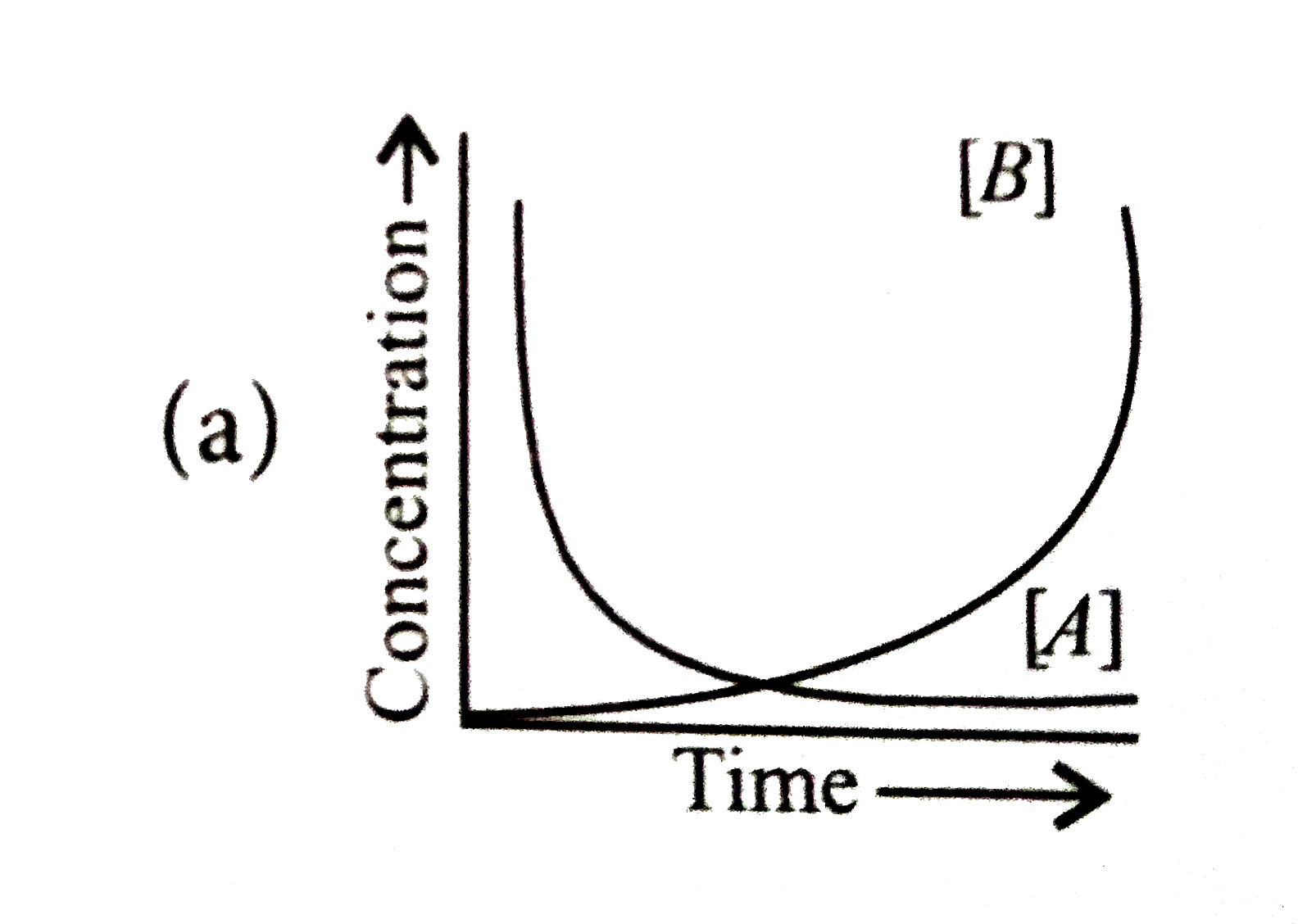 B
B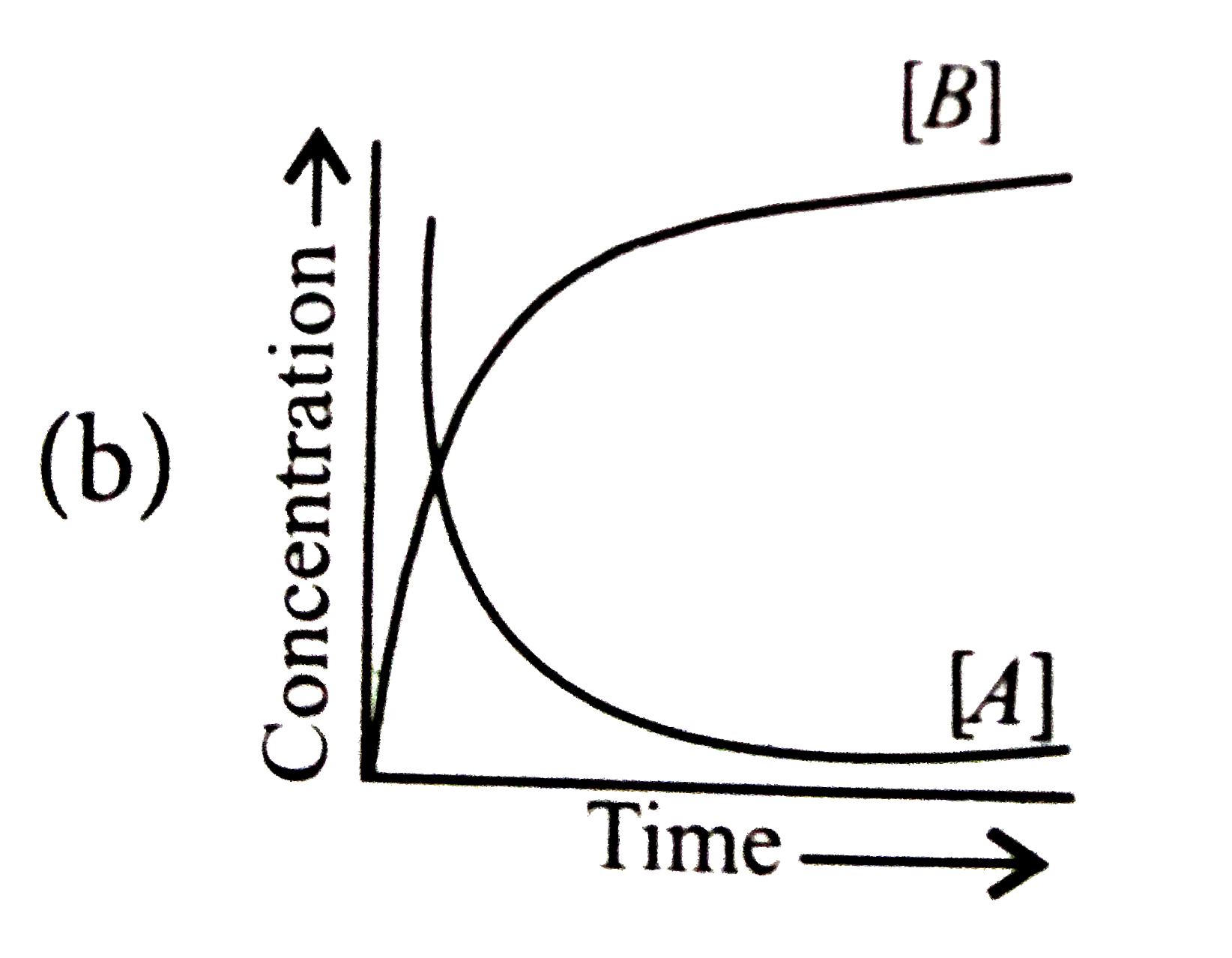 C
C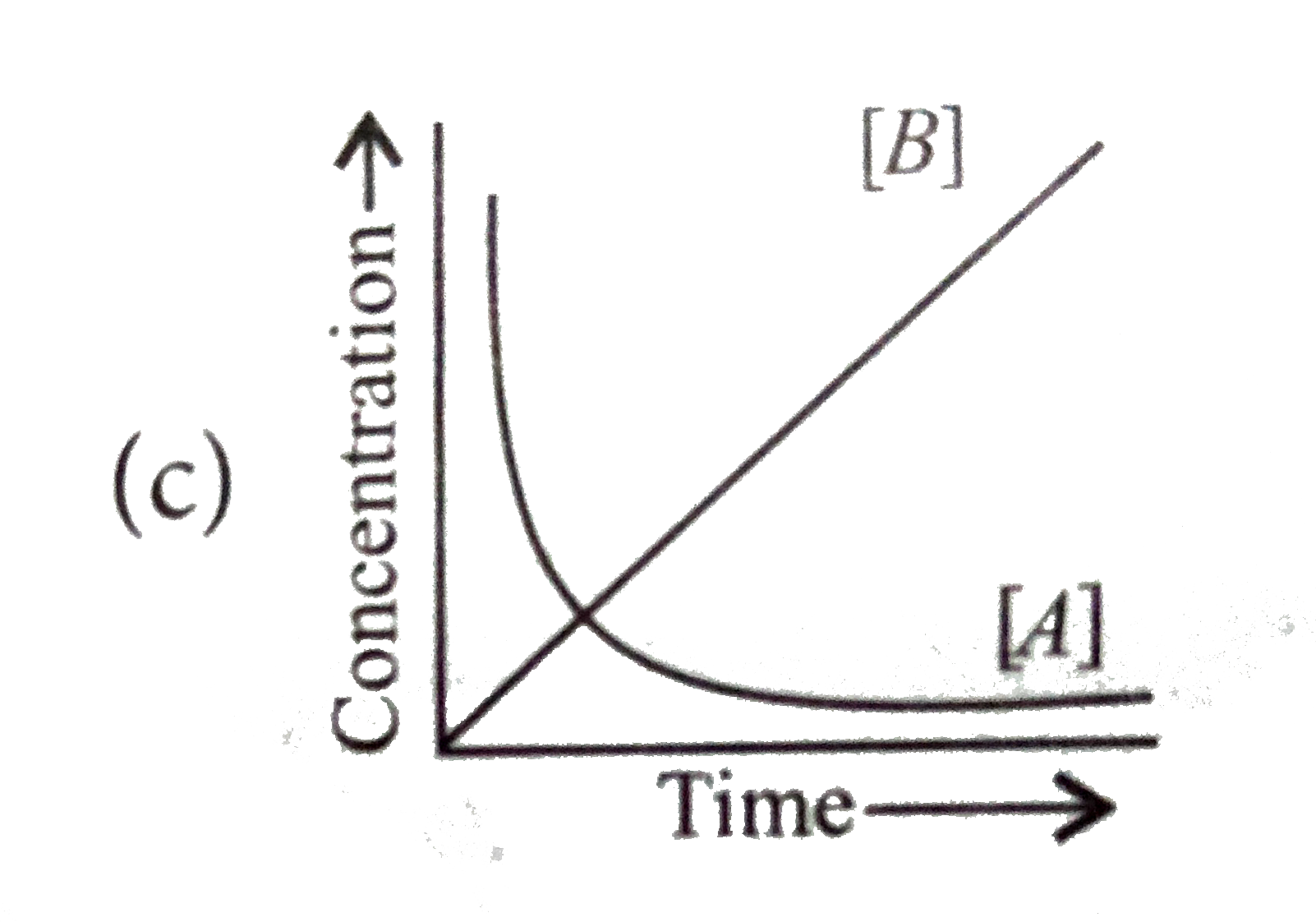 D
D
Consider the reaction A→B. The concentration of both the reactants and the products varies exponentially with time. Which of the following figure correctly describes the change in concentration of reactants and products with time ?
A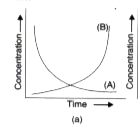 B
B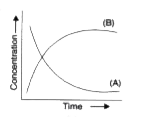 C
C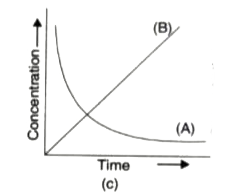 D
D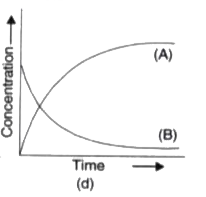
Consider the reaction A→B. The concentration of both the reactants and the products varies exponentially with time. Which of the following figure correctly describes the change in concentration of reactants and products with time ?
A B
B C
C D
D
During development which of the following organs is formed first
(a) Heart
(b) Brain
(c) Neural tube
(d) Skin
View Solutiona growing baby is characterized by stunted growth, mental retardation, low intelligence quotient, abnormal skin, deaf-mutism etc. it is caused due to
View SolutionConsider the reaction A→B. The concentration of both the reactants and the products varies exponentially with time. Which of the following figure correctly describes the change in concentration of reactants and products with time ?
View SolutionWhich of the following is considered as neither prokaryotes nor eukaryotes?
(a) Bacteria
(b) Monera
(c) Fungi
(d) Bacteriophages
View SolutionConsider the reaction A→B. The concentration of both the reactants and the products varies exponentially with time. Which of the following figure correctly describes the change in concentration of reactants and products with time ?
View Solution
